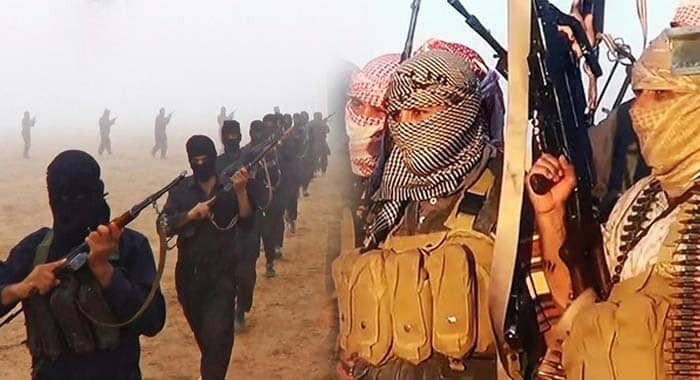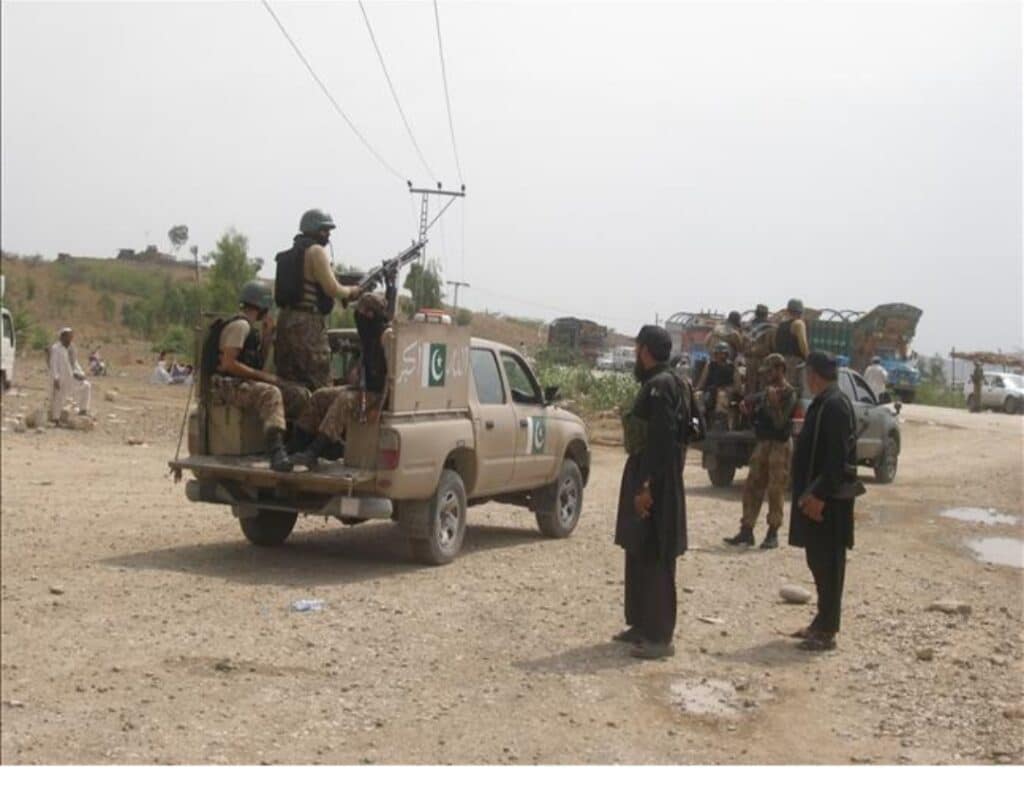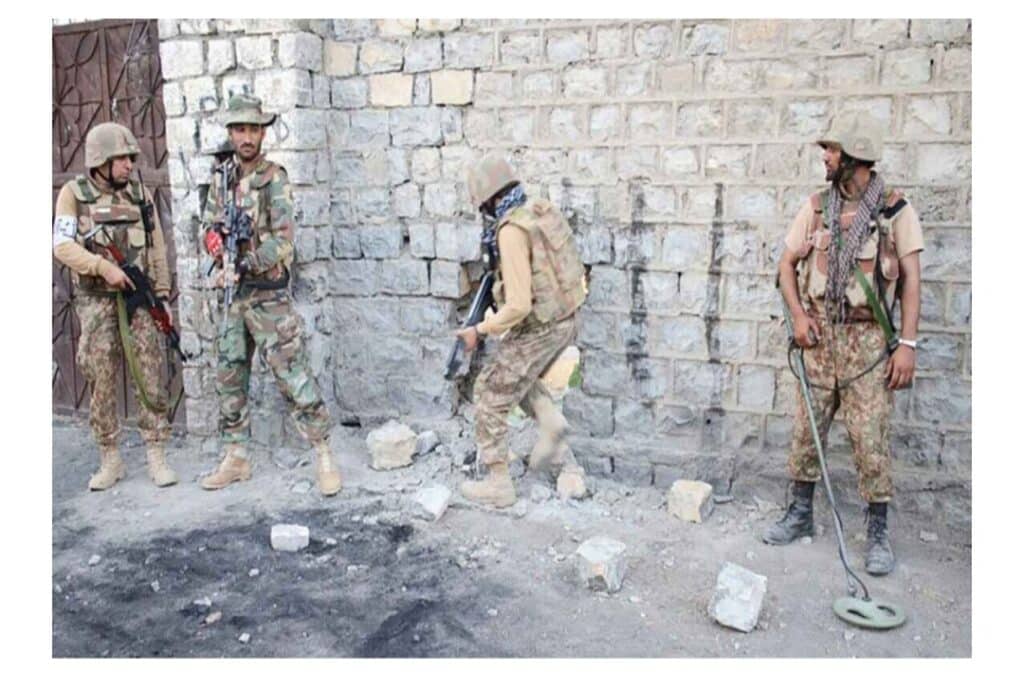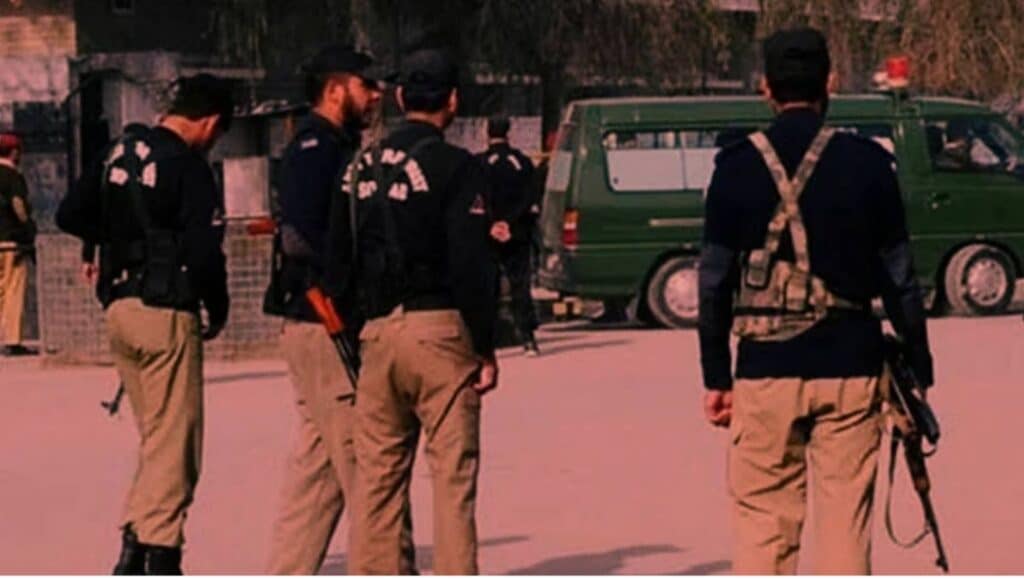In April 2013, a seismic shift occurred in the already fractured militant landscape of Iraq and Syria. Out of the embers of war, the Islamic State in Iraq and the Levant (ISIS) was born. Abu Bakr al-Baghdadi sought to merge Al-Qaeda’s Iraqi offshoot, the Islamic State of Iraq formed in 2006 with Jabhat al-Nusra, the Front for Victory in Syria. The plan immediately collapsed. Jabhat al-Nusra outright rejected the merger, while Al-Qaeda’s leader, Ayman al-Zawahiri, personally ordered it canceled. Baghdadi defied both, pressing ahead with what would become ISIS commonly called Daesh a group that within months would dwarf other jihadi factions across the region.
By adopting the Jihadi-Salafi ideology of takfir and declaring its aim to resurrect the “Islamic Caliphate” through the application of Sharia, ISIS seized on the chaos of Syria and Iraq to carve out a domain of terror. It quickly demonstrated unrivaled military and organizational strength among militant groups, conquering vast stretches of territory. The occupation of Mosul in June 2014 was a defining moment. In its aftermath, Baghdadi proclaimed a Caliphate and rebranded the group simply as the “Islamic State.”
Yet ISIS did not rely solely on battlefield victories. Its sophisticated media wing weaponized modern communication tools, projecting an image of divine mission and historical continuity. By invoking Islamic law as a sacred command dating back to the 7th century, ISIS presented itself as a movement restoring what it framed as a “pristine” political community of the Prophet Mohammed and his early successors. This ideological posture was as performative as it was destructive: in the name of purification, ISIS destroyed holy sites and antiquities it deemed polluted by idolatry, while staging public executions, crucifixions, and mass killings that shocked global conscience.
The barbarity extended further. ISIS revived the grotesque practice of modern slavery. According to the UN News Center (2016), the majority of its enslaved victims were Yazidi women and children, though minorities from other religious and ethnic groups also suffered. Women and children were treated as spoils of war, absorbed into a nightmarish system justified by distorted religious rhetoric. At the same time, ISIS’s apocalyptic worldview drew heavily on prophecy. The group obsessed over Dabiq, Syria where it believed the final battle between Islam and Rome would usher in the end of time and the triumph of its interpretation of Islam.
ISIS was not just an ideological and military machine; it was also a financial empire. Its survival depended on a multipronged revenue strategy: oil production, extortion, antiquities smuggling, crop levies, kidnapping for ransom, and taxation of local populations. Baghdadi himself once detained in the infamous Bucca Camp by US forces in 2003 before his release in 2004 took on the title al-Khalifah (the Caliph), positioning himself as both a political ruler and religious leader.
The meteoric rise of ISIS was not merely a reflection of its own strategy, but a symptom of a deeply dysfunctional Middle East. Weak governance, non-representative institutions, and enduring sectarian tensions between Sunni and Shia communities created fertile ground for extremism. Nowhere was this more apparent than in Iraq, where sectarian divides were ruthlessly exploited. From these fault lines, ISIS expanded beyond Iraq and Syria into North Africa and even into Europe, finding sympathizers among disillusioned Muslim communities. The 2015 Paris attacks became a watershed moment, underscoring that ISIS was not a localized phenomenon but a global threat.
And yet, despite the magnitude of this challenge, the international response has been disjointed and paralyzed by competing interests. In theory, confronting a force like ISIS should demand full international mobilization and regional unity. In practice, such unity has proven impossible. Russia’s military intervention in Syria is shaped less by counterterrorism than by support for the Assad regime. Turkey, while a victim of ISIS terror itself, remains more preoccupied with preventing Kurdish autonomy than with eliminating ISIS. Saudi Arabia, Iran, and Egypt, meanwhile, have struggled to forge any lasting regional coalition. For its part, the United States and other Western powers refuse to commit large ground forces, wary of being dragged into another prolonged Middle Eastern war.
The result is a vacuum of effective action—precisely the environment in which ISIS thrives. This lack of clarity has fueled conspiracy theories and conflicting narratives. To some, ISIS is nothing more than an Al-Qaeda offshoot; to others, it is an entirely independent movement dedicated to establishing a global Islamic state. Some accuse the Syrian regime of having fostered ISIS to discredit the opposition, while others suspect the involvement of US or Israeli intelligence agencies. These competing interpretations only deepen the confusion surrounding ISIS’s true identity and objectives.
What is not in dispute, however, is the devastation it has unleashed, nor the questions it raises. What factors were most decisive in the creation of ISIS? How did it consolidate control so swiftly in Syria and Iraq? And why, despite its brutality and open declarations of intent, has the world failed to mount an effective coalition against it?
The rise of ISIS was not an accident. It was the product of state failure, sectarian conflict, and geopolitical rivalr all compounded by the group’s ruthless pragmatism and mastery of propaganda. Its legacy, though diminished on the battlefield, endures as a grim reminder that extremism flourishes in political vacuums and that without a united response, history may well repeat itself.





